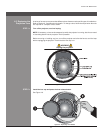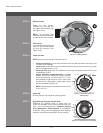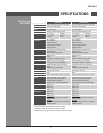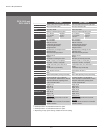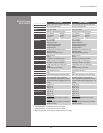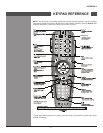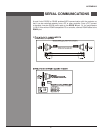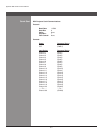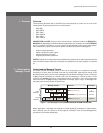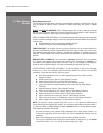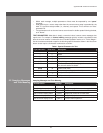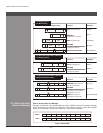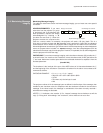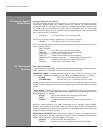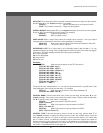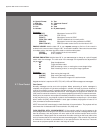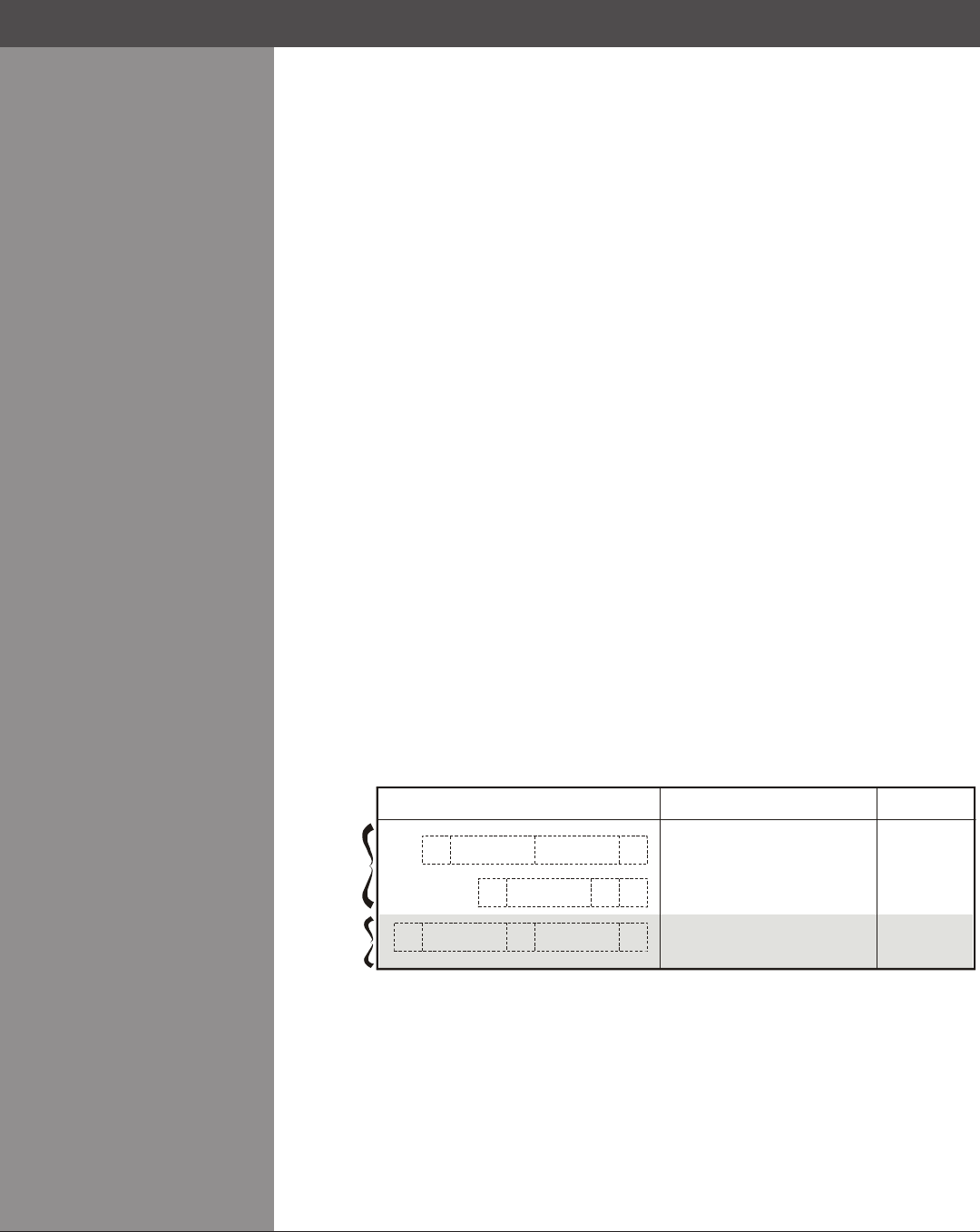
Wolf Cinema Owner's Manual
B-3
Overview
This document describes how to use ASCII text communications to control one or more of the
following Wolf Cinema projectors from a remote location:
DCX-500i•
DCX-500FD•
DCX-1000i•
DCX-1000FD•
DCX-1500i•
DCX-1500FD•
CONNECTION and USE: Once you have connected your computer to either the RS232 IN or
RS422 IN port (depending on which standard is supported by your computer) or to the ETHERNET
port on a projector listed above, you can remotely access projector controls and image setups,
issue commands or queries, and receive replies. Use these bi-directional messages to:
Control multiple projectors•
Obtain a projector’s status report•
Monitor sequences of events•
Diagnose performance problems•
NOTES: 1) Refer to the User’s Manual provided with the projector for all cable requirements and
other connection details. 2) Some commands are operational only when projector is powered
up.
Understanding Message Format
All “remote control” information passes in and out of the projector as a simple text message
consisting of a three letter command code and any related data. Opening and closing round
brackets (parentheses) surround each message as shown below. Messages can be a command
to setaprojectorparameterataspeciclevel,suchaschangingtoacertainchannel.Orthe
controller can request information, such as what channel is currently in use—the projector then
returns the data in a reply message. Regardless of message type or origin, all messages use
the same basic format and code as shown here.
(
Code
Code Data
Code Data!
(
(
)
)
?
)
SET
(set channel to 24)
REQUEST (what's current channel?)
REPLY (channel is 24)
Function
From
Controller
From
Projector
Figure 1. . The 3 Message Formats (SHADED MESSAGE IS FROM PROJECTOR)
Message Format
(CHA 24)
or
(CHA24)
(CHA?)
(CHA!24)
Examples
Where applicable, a message may expand to include additional parameters of related details.
And, if desired, you can choose to include optional information such as acknowledgements,
checksums, and network addressing.
2. Understanding
Message Format
1. Overview
AppendixB►SerialCommunications



